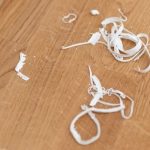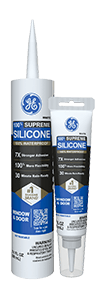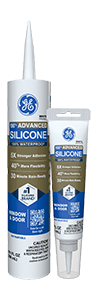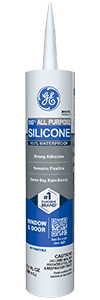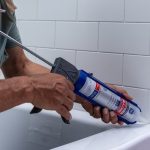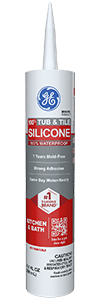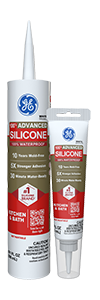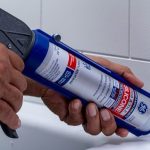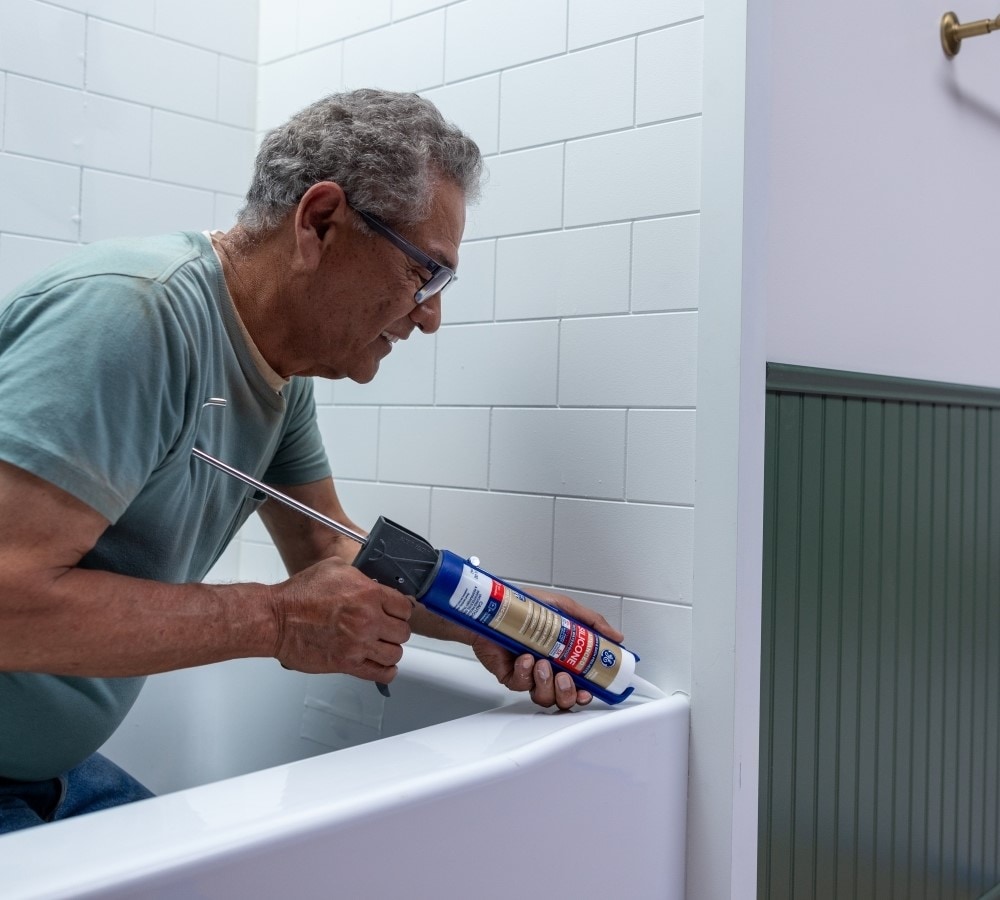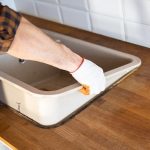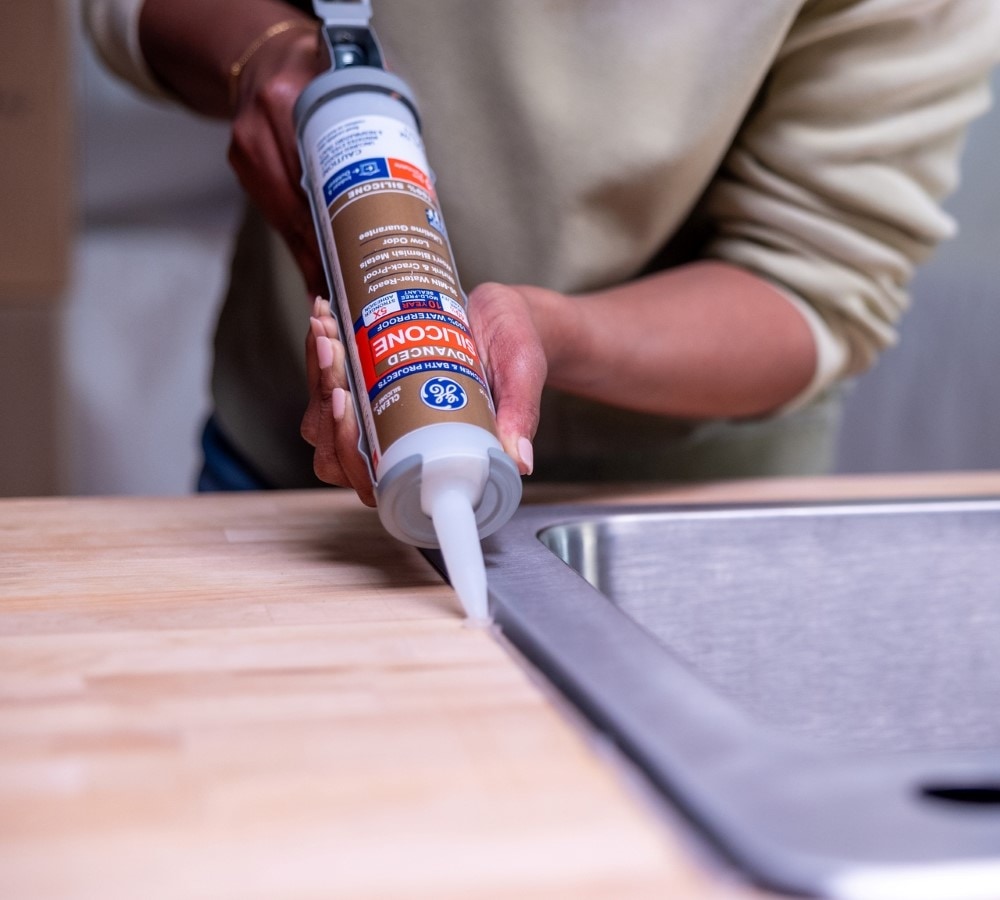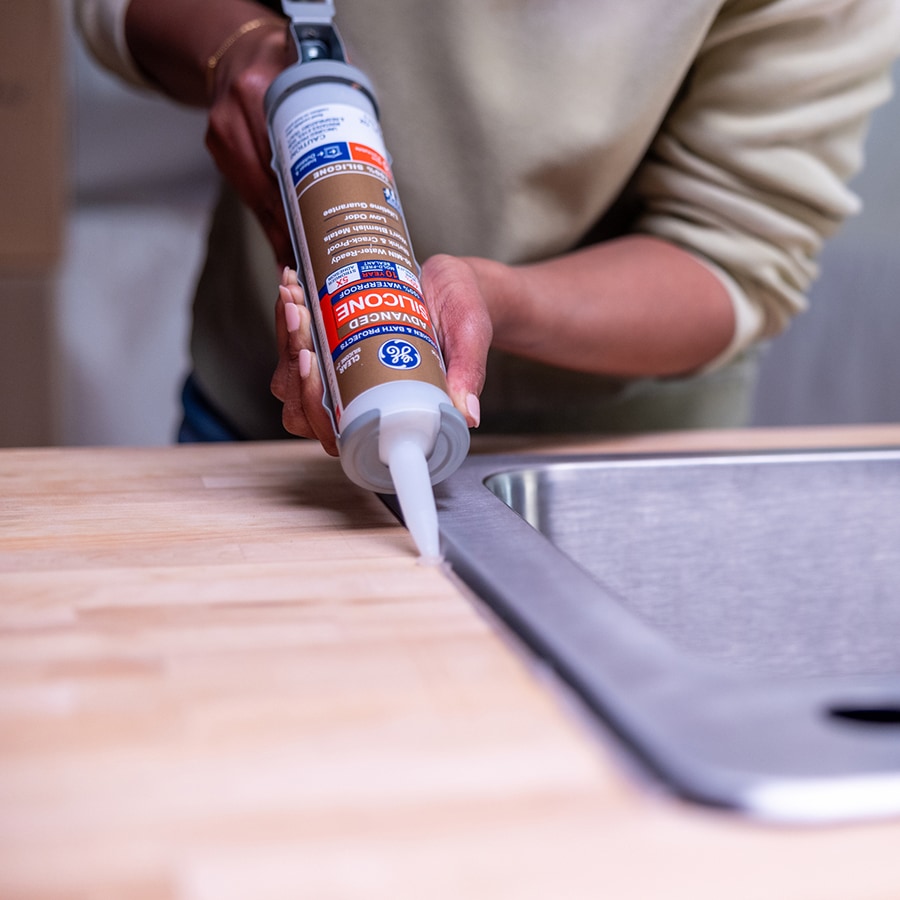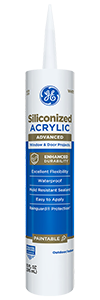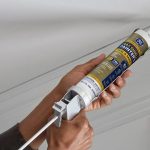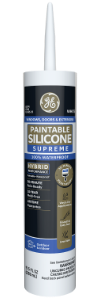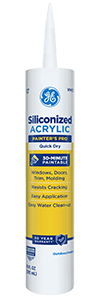Caulk is an essential component in any home that helps seal gaps and joints and keep moisture and air out, all while maintaining the integrity of various surfaces. Over time, however, caulk can deteriorate due to factors like age, wear and tear, and exposure to harsh elements. Knowing when it’s time to remove and replace caulk is crucial for maintaining a well-sealed and aesthetically pleasing home.
We will take you through the signs you need to look for to know when it’s time to replace the caulk along with tips to help you remove caulk or sealant like a pro.
Signs you need to replace caulk
Even with professional installation, caulk will eventually wear out and need to be replaced. Look for these signs to let you know when it’s time to replace:
- Cracks and gaps: One of the most obvious signs the caulk needs to be replaced is gaps or cracks in the caulk lines. Cracked caulk can no longer effectively seal the area, leading to potential water damage and decreased energy efficiency. Inspect the caulk lines around windows, doors, bathtubs, sinks, and other areas prone to moisture to identify any cracks or gaps.
- Peeling and flaking: Peeling or flaking sealant is a sign of deterioration and loss of adhesion. When caulk starts to peel away from surfaces, it can no longer seal gaps effectively. Peeling caulk not only looks bad but also leaves the area vulnerable to water damage and air leakage.
- Discoloration and mold growth: If you see any discoloration or mold growth, this is a sign moisture has seeped in behind the caulk. Discolored or moldy caulk not only looks unappealing but also indicates that the caulk is no longer sealed. Replacement is necessary to prevent further mold growth and maintain a clean, hygienic environment.
- Shrinking and gaps: Shrinking caulk is a common issue that occurs as the caulk dries out and contracts. When this happens, you may notice gaps between the caulk and the adjacent surfaces. These gaps allow moisture and air to penetrate, leading to potential damage.
Flexibility and elasticity loss: Caulk is designed to remain flexible and elastic to accommodate movement without cracking or breaking. However, as caulk ages, it can become stiff and brittle. Test the flexibility of the caulk by gently pressing on it with your finger. If it feels rigid and does not yield, it’s a sign that the sealant needs to be replaced.
Caulk wears out over time. When it is discolored, cracked, or hard, it needs to be replaced.
Tools needed to remove old caulk
Once you’ve identified old caulk, it’s time to remove it. Before you get started, you need to gather the right tools. These tools will make the process smoother and give you better, more professional results.
- Utility knife or razor blade: A utility knife or razor blade is essential for cutting through the old caulk and separating it from the adjacent surfaces. Choose a sharp blade with a pointed tip to ensure precise cutting and easy removal. Use the knife to score along the edges of the caulk lines, both horizontally and vertically, to loosen it from the surface.
- Caulk removal tool: A caulk removal tool, also known as a caulk scraper, is specifically designed to help pry and scrape away old caulk from surfaces. These tools have a sharp, angled edge that allows you to dig into the caulk and remove it without damaging the surrounding surfaces. Look for a caulk removal tool with a comfortable handle for ease of use.
- Heat gun or hair dryer: Applying heat to old sealant can help soften it and make it easier to remove. You can use a heat gun or hair dryer to gently warm up the caulk, making it more pliable. Be careful not to apply too much heat or hold the heat source too close to the surface, as this can damage surrounding materials.
- Putty knife or painter’s tool: A putty knife or painter’s tool can be handy for removing stubborn caulk residue and smoothing out surfaces after caulk removal. Choose a flexible putty knife with a wide blade to help scrape away any remaining caulk and achieve a clean, smooth finish. Alternatively, a painter’s tool with a flat edge can also be effective for scraping and smoothing surfaces.
Chemical caulk remover: In some cases, a chemical caulk remover may be necessary to dissolve the caulk and facilitate removal. These products are typically applied directly to the caulk and left to penetrate for a specified period before scraping away the softened caulk. Follow the manufacturer’s instructions carefully when using chemical caulk removers. Be sure you wear protective gloves and properly ventilate the area.
How to remove caulk like a pro in 7 steps
If you’ve ever wondered how to remove old caulk, we will walk you through the process that will give you a professional finish. You can use these steps whether you’re renovating your bathroom, sealing gaps around doors, finishing your baseboards, or replacing windows.
-
Prep the Area
Clean the area around the caulk lines with a mild detergent to thoroughly remove any dirt, debris, grease, or mildew.
-
Score the Caulk
Use a utility knife or razor blade to score along the edges of the caulk lines, both horizontally and vertically.
-
Apply Heat (Optional)
Use a heat gun or hair dryer to gently warm up the caulk, making it more pliable and easier to remove. Make sure you don’t use too much heat as this can melt the sealant instead of simply loosening it.
-
Use a Caulk Removal Tool
Use a caulk removal tool to pry and scrape away the old caulk from the surfaces.
-
Scrape Residue
Use a putty knife or painter’s tool to scrape away any remaining caulk residue and achieve a smooth surface.
-
Clean the Area
Wipe down the surfaces with a clean cloth to remove any remaining caulk residue and debris.
-
Apply New Caulk
Once the surfaces are clean and dry, apply a fresh bead of caulk to seal the gaps and joints.
Professional best practices for caulk removal
While removing caulk may seem straightforward, to get professional-looking results, you need the right tools, techniques, and attention to detail. Make sure you choose high-quality tools that are appropriate for the job, whether you are removing flexible silicone sealant or decades-old, dried caulk. Following these steps will ensure your project is ready to go for a fresh application of caulk.
Ready to start your next sealant project? Be sure you have the professional supplies you need, including any GE sealants.

